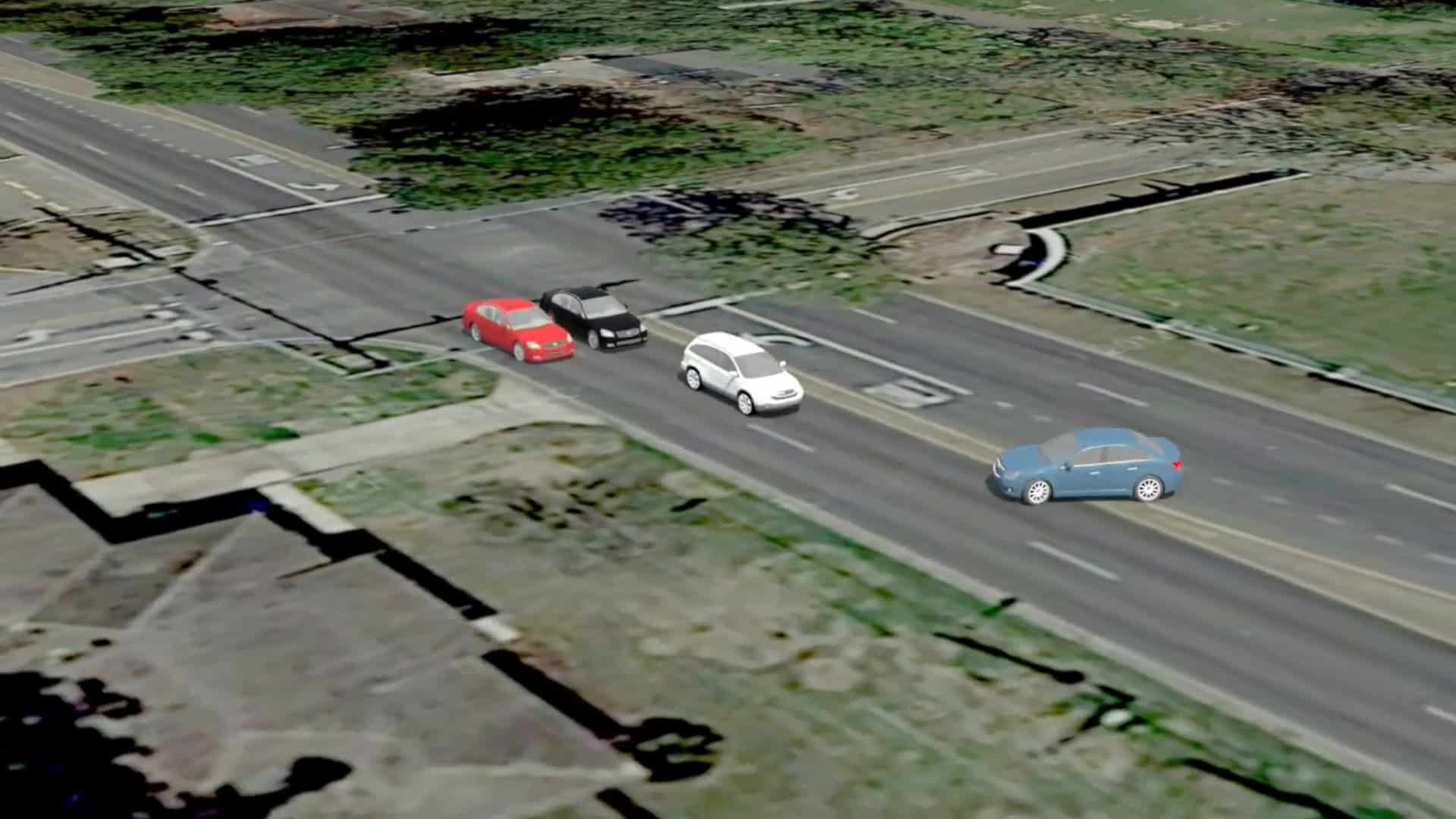After viewing a product advert on TV with all the bling regarding its utility and safety, most consumers are likely to believe in it and opt to purchase it. This is especially true when the usage process has already been modeled in detail. Using the product and realizing that you have been exposed to danger by trusting the brand and purchasing its products can be devastating. Operating a defective product can cause life-threatening injuries and unbudgeted medical bills. If by using a product, you have been harmed and wish to recover compensation for pain and suffering, medical bills, lost earnings, or any other injury, you can consider using product liability animation to illustrate the defect to the jury.
What is Product Liability?
Product liability refers to the responsibility of any or all parties involved in producing a product for any harm the product may have caused. This includes the wholesaler, retailer, manufacturer of the assembled product (at the top of the supply chain), and manufacturer (at the bottom of the supply chain).
Product liability lawsuits are filed if a product has inherent flaws that injured the consumer (or the person to whom the product was lent, given, etc.).
Although most people consider products to be tangible personal property, products liability has expanded the definition of tangible personal property to include intangibles (such as gas), naturals (such as pets), real estate (including houses), and writings (i.e., navigational charts)
You can institute product liability actions based on three grounds. They are:
- Design defects
- Manufacturing defects
- Marketing defects
Design Defects and Product Liability Animation
When we say a product has a design defect, it means it is unsafe and would have been safer if the manufacturers considered alternative solutions.
In a case where someone has a complaint regarding design defects, the plaintiff must be able to prove by the introduction of an expert that the design was unnecessarily unsafe and could have considered some specific means to ensure that the product was safe.
An instance of a product liability action is one where a boat has a defect. The front seat of the boat was lacking railings. Thus, when the driver maneuvered the boat to take a sharp turn, the plaintiff fell off the boat into the water with his arm sliced by the boat’s blade. The blade cut deep into his harm, slicing off a portion of his flesh and muscles to his bone.
With the help of product liability animation, it was possible to animate the boat incident with the subpar design and how the situation would have been different had the railings been in the boat.
Manufacturing Defects and Product Liability Animation
If a product liability case is centered on manufacturing defects, it means the plaintiff is claiming that the manufacturing of a product was done incorrectly, thus leading to the injury that the plaintiff sustained.
Take, for instance, a vehicle with improperly installed power steering. Due to the installation error and lack of adequate testing, there was corrosion in the power steering electrical system, which should have been cleaned.
The steering wheel was also keyed using a substandard 18-pound bolt torque.
With this defect in place, the driver takes out the car for a drive and attempts to navigate to the left lane. The steering wheel locked in a left-turning position, causing the vehicle to veer into oncoming traffic.
This collision caused face damage to the driver.
This is prima facie a case of product liability based on manufacturing. The defective steering wheel design and the non-standard 18-pound bolt torque used to hold the wheel in place can be illustrated with a product liability animation.
Marketing Defects and Product Liability Animation
A product is said to have a marketing defect when the warnings regarding the product risks are inadequate. It suffices to say not all products are safe. Whether it’s a piece of machinery or even medications, there should be some risks that the manufacturers would like to warn consumers about.
Additionally, marketers also have the duty to warn and give the right direction of use to enable users to use such products appropriately. A case of product liability can arise when instructions are lacking in an otherwise dangerous product, and it causes harm to the users.
Sometimes, some medications used to treat some illnesses are known to cause another type of illness in patients. Take, for instance, fenfluramine, which causes valvular heart disease, thus exposing the consumer to even more health risks.
If this is not indicated on the drug pack and a patient uses it, developing heart disease, they can sue and animate the effect of the medication in their body.
Conclusion
Product liability animation is an innovative method of proving your product liability case in a courtroom. However, paying attention to admissibility rules and getting technical and mechanical experts on board is essential. To achieve this, it’s best to consult a product liability animation company like Fox-AE. At Fox-AE, our animators are engineers, and they’re well-versed in the mechanics of different machinery.





